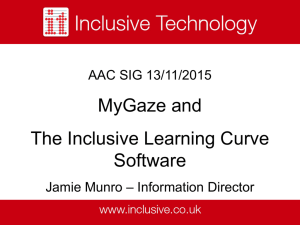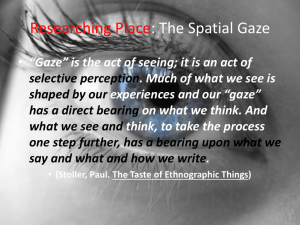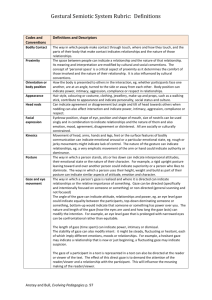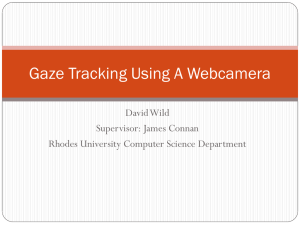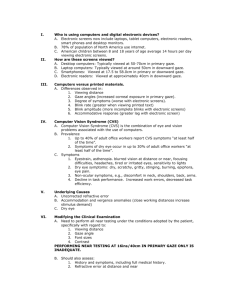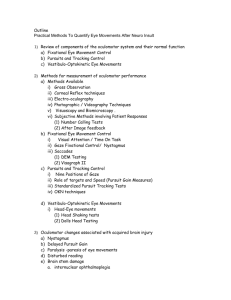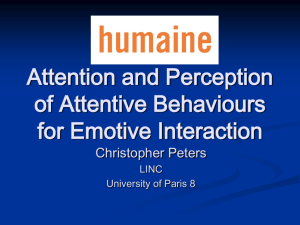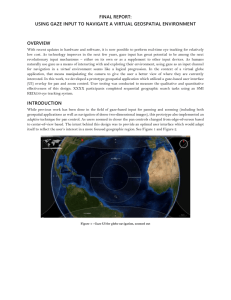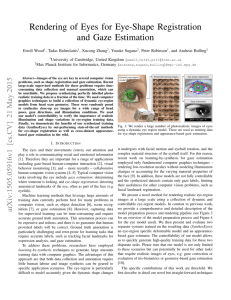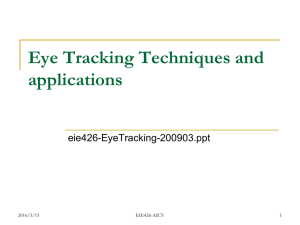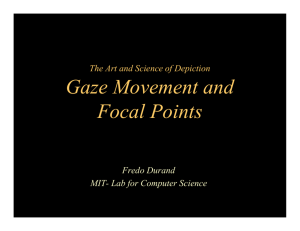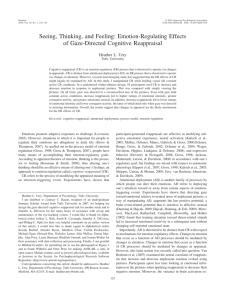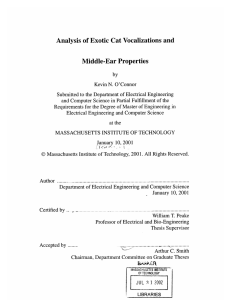Difficulty with Reciprocal Social Interaction
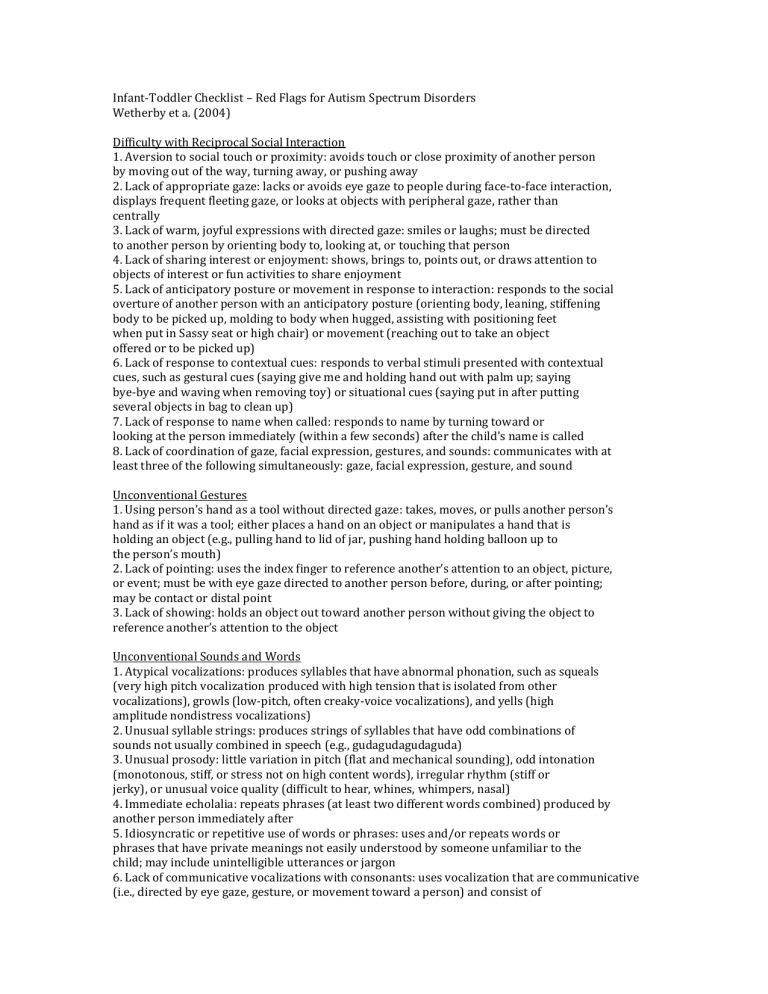
Infant-Toddler Checklist – Red Flags for Autism Spectrum Disorders
Wetherby et a. (2004)
Difficulty with Reciprocal Social Interaction
1. Aversion to social touch or proximity: avoids touch or close proximity of another person by moving out of the way, turning away, or pushing away
2. Lack of appropriate gaze: lacks or avoids eye gaze to people during face-to-face interaction, displays frequent fleeting gaze, or looks at objects with peripheral gaze, rather than centrally
3. Lack of warm, joyful expressions with directed gaze: smiles or laughs; must be directed to another person by orienting body to, looking at, or touching that person
4. Lack of sharing interest or enjoyment: shows, brings to, points out, or draws attention to objects of interest or fun activities to share enjoyment
5. Lack of anticipatory posture or movement in response to interaction: responds to the social overture of another person with an anticipatory posture (orienting body, leaning, stiffening body to be picked up, molding to body when hugged, assisting with positioning feet when put in Sassy seat or high chair) or movement (reaching out to take an object offered or to be picked up)
6. Lack of response to contextual cues: responds to verbal stimuli presented with contextual cues, such as gestural cues (saying give me and holding hand out with palm up; saying bye-bye and waving when removing toy) or situational cues (saying put in after putting several objects in bag to clean up)
7. Lack of response to name when called: responds to name by turning toward or looking at the person immediately (within a few seconds) after the child’s name is called
8. Lack of coordination of gaze, facial expression, gestures, and sounds: communicates with at least three of the following simultaneously: gaze, facial expression, gesture, and sound
Unconventional Gestures
1. Using person’s hand as a tool without directed gaze: takes, moves, or pulls another person’s hand as if it was a tool; either places a hand on an object or manipulates a hand that is holding an object (e.g., pulling hand to lid of jar, pushing hand holding balloon up to the person’s mouth)
2. Lack of pointing: uses the index finger to reference another’s attention to an object, picture, or event; must be with eye gaze directed to another person before, during, or after pointing; may be contact or distal point
3. Lack of showing: holds an object out toward another person without giving the object to reference another’s attention to the object
Unconventional Sounds and Words
1. Atypical vocalizations: produces syllables that have abnormal phonation, such as squeals
(very high pitch vocalization produced with high tension that is isolated from other vocalizations), growls (low-pitch, often creaky-voice vocalizations), and yells (high amplitude nondistress vocalizations)
2. Unusual syllable strings: produces strings of syllables that have odd combinations of sounds not usually combined in speech (e.g., gudagudagudaguda)
3. Unusual prosody: little variation in pitch (flat and mechanical sounding), odd intonation
(monotonous, stiff, or stress not on high content words), irregular rhythm (stiff or jerky), or unusual voice quality (difficult to hear, whines, whimpers, nasal)
4. Immediate echolalia: repeats phrases (at least two different words combined) produced by another person immediately after
5. Idiosyncratic or repetitive use of words or phrases: uses and/or repeats words or phrases that have private meanings not easily understood by someone unfamiliar to the child; may include unintelligible utterances or jargon
6. Lack of communicative vocalizations with consonants: uses vocalization that are communicative
(i.e., directed by eye gaze, gesture, or movement toward a person) and consist of
syllables containing at least one consonant
Repetitive Behaviors and Restricted Interests
1. Repetitive movements or posturing of body, arms, hands, or fingers: stereotyped or repetitive movements or posturing of child’s body, arms, hands, or fingers (rocks body, turns body in circles, flaps arms, flicks fingers)
2. Repetitive movements with objects: stereotyped or repetitive (at least three consecutive) movements with objects (taps, spins, bangs, lines up, rubs, twirls, rolls, collects objects)
3. Unusual sensory interest or exploration with objects: unusual, detailed, or prolonged tactile or visual examination of objects (licks, smells, rubs to feel texture, stares or fixates)
4. Excessive interest in or focus on particular toys: intense interest in a particular toy; focuses on and becomes absorbed with the toy for a much longer time than with other toys
5. Lack of playing with a variety of toys and objects: shows interest in and plays with a variety of toys using conventional actions with objects appropriate for child’s age; imitation of actions counts if child repeats that action (appropriate play with the feeding set: mouths, bangs, drops by 8 months; uses objects functionally by 12 months; uses objects toward other by 16 months; sequences actions with objects by 20 months)
Emotional Regulation
1. Fear or distress about particular objects: shows signs of being afraid or wary or distressed in response to particular objects (e.g., Koosh animal in Bag of Toys; Big Bird stuffed animal)
2. Distress over removing particular objects: displays distress when a particular object is removed (e.g., bubbles, balloon) or an activity is ended (e.g., putting the lid on the bubbles); distress must be strong in intensity and last at least 5 seconds in duration
3. Difficulty calming when distressed: when distressed, difficulty calming within a brief time
(5 seconds) either by self or with comfort offered by another person; only rate if child displays distress
4. Abrupt shifts in emotional or behavioral state: rapid changes from neutral to positive or to negative emotional states or from relaxed tone to very tense
5. Heightened alertness and response to stimuli or situations: easily excited by or negative response to auditory, visual, or tactile stimuli
6. Flat affect or unresponsive to interactions: minimal change in facial expression; very passive; lacks interest in interacting
7. Challenging behavior: displays challenging behavior (hits, pinches, bites, bangs, pulls hair, scratches) that is self-injurious (hurting self) or aggressive (hurting another person)

